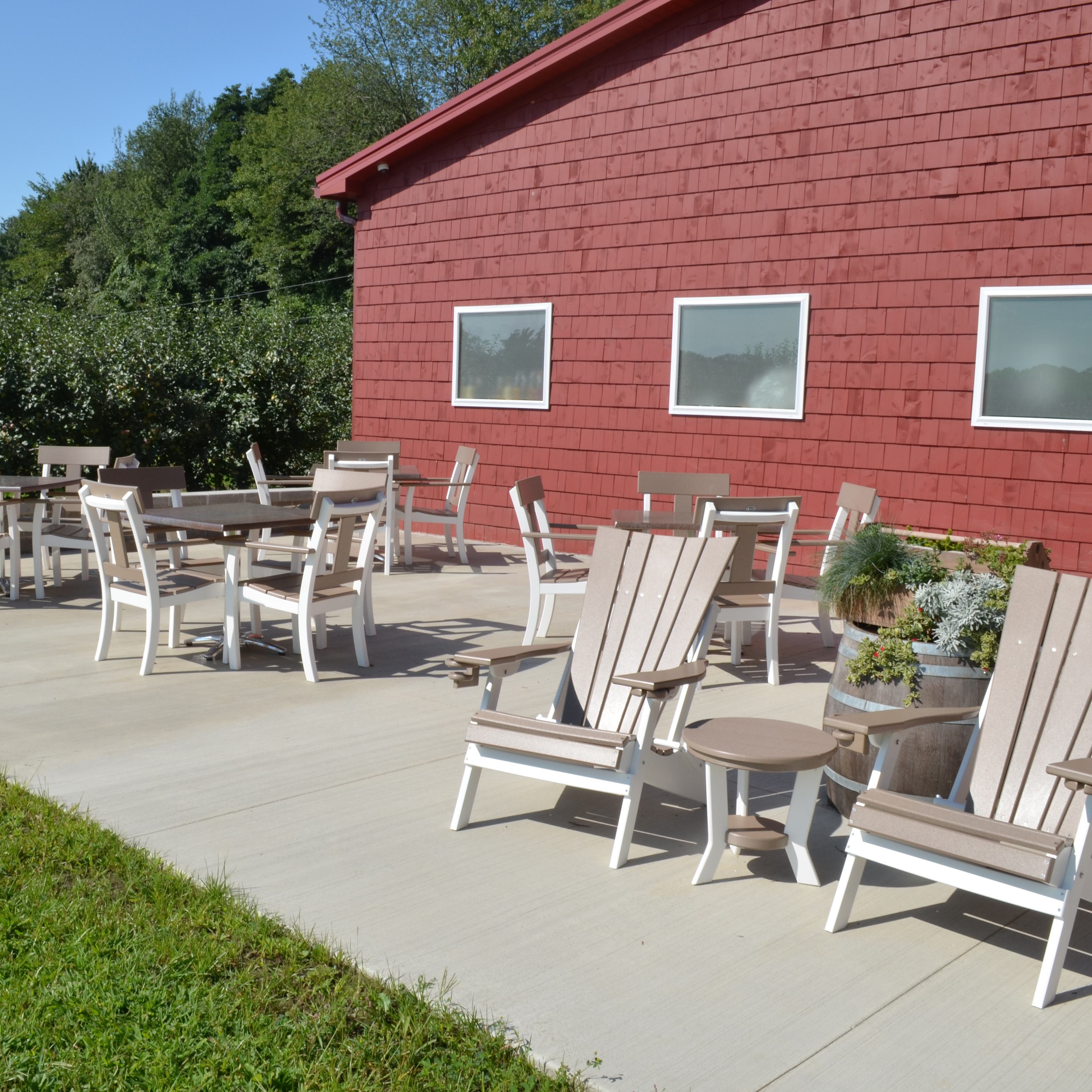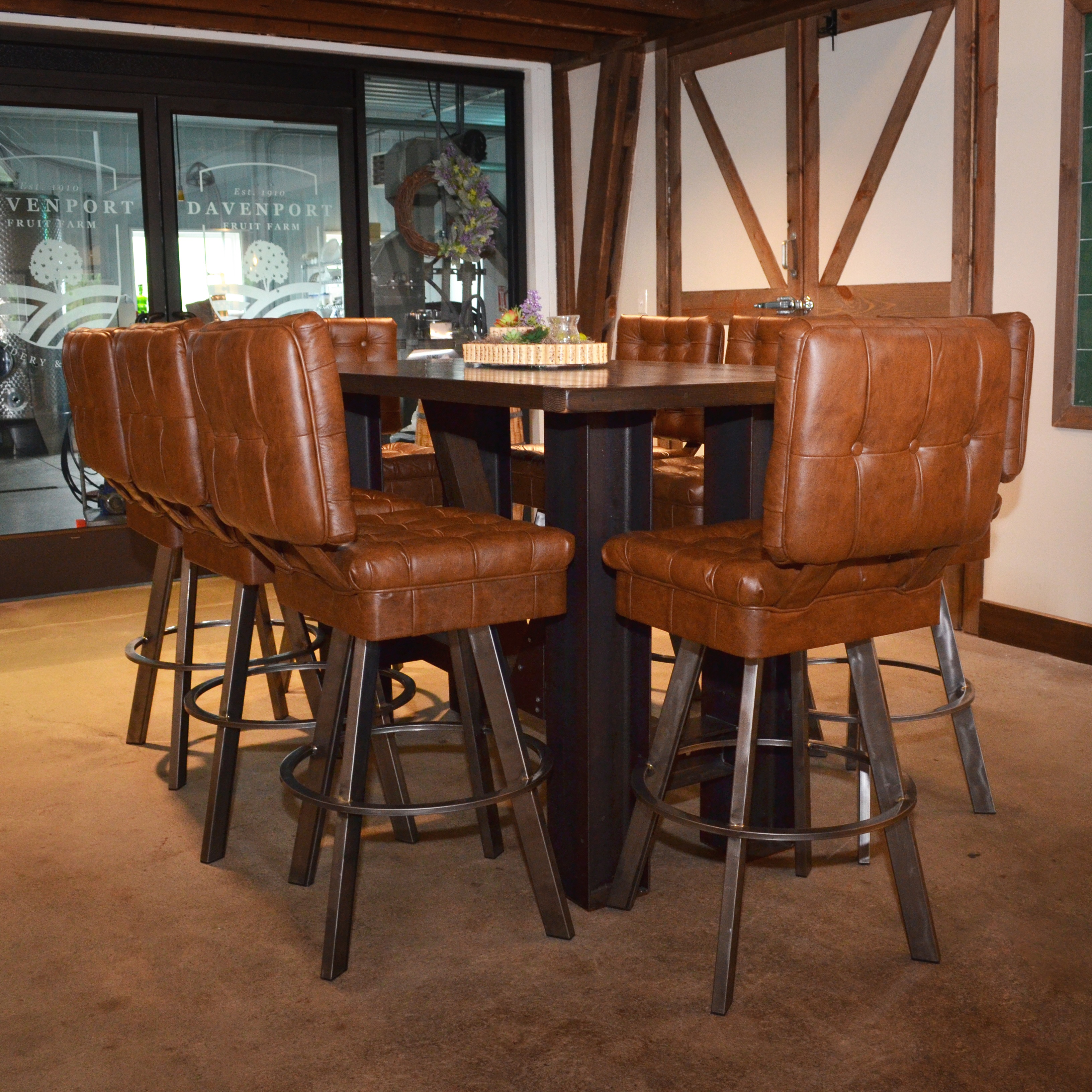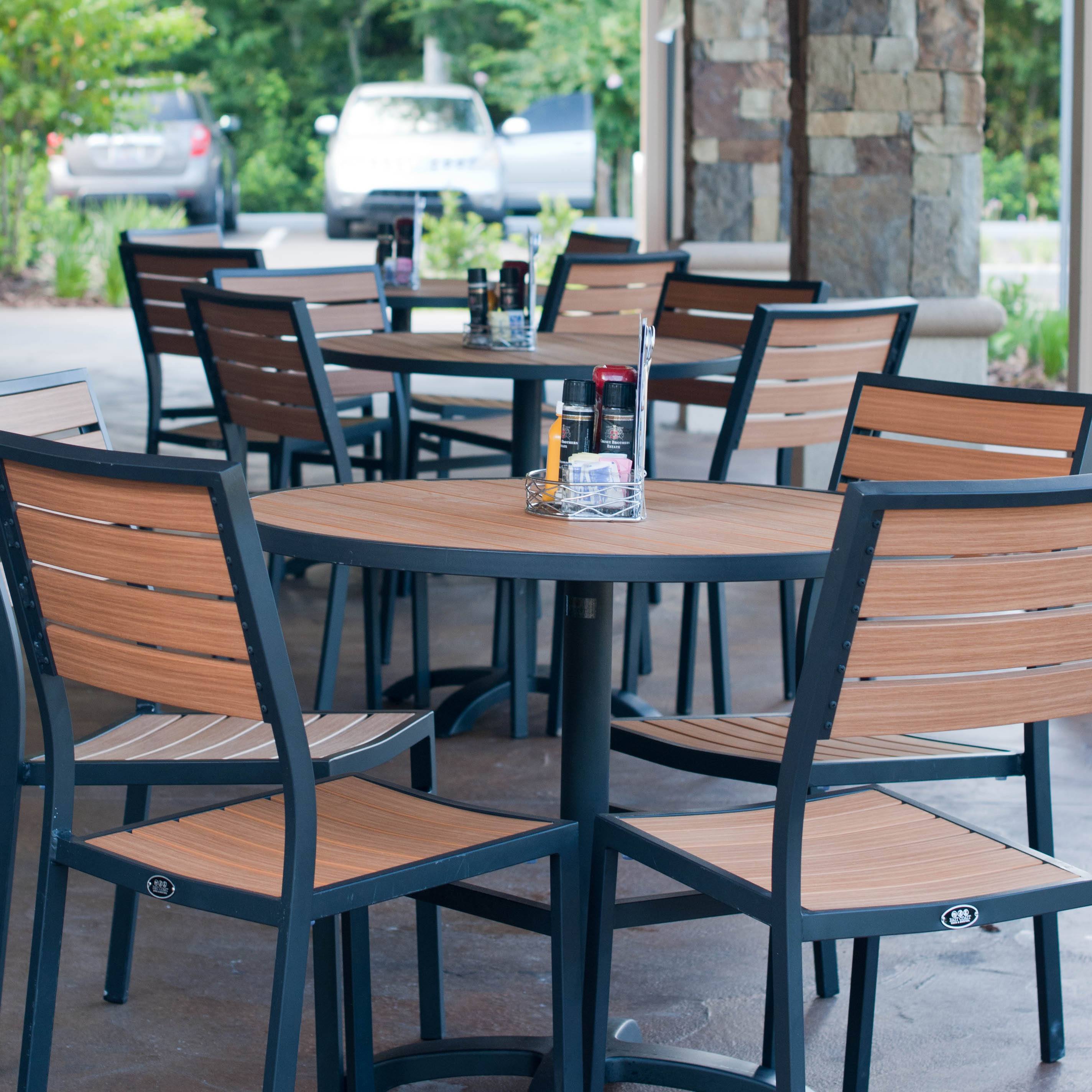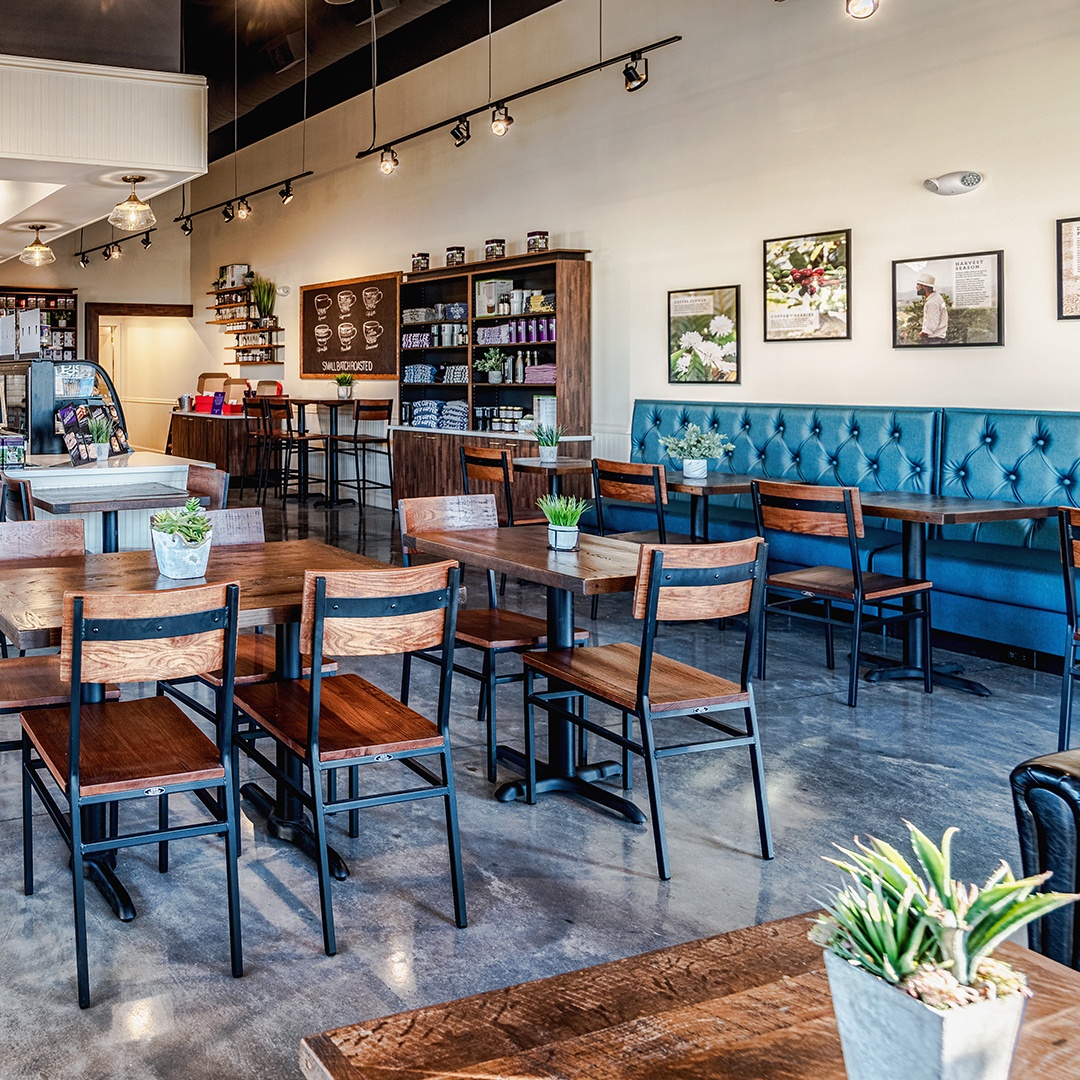
For a while in the American beer community, it seemed like you had two main choices — light, thin lagers, or heavy, hoppy, bitter IPAs. Everything else was so niche you practically had to go to the brewery to get it.
But these days, that’s no longer the case. Craft beer has exploded over the past 20 years. About 7,500 craft breweries are currently in operation in the U.S., churning out fresh takes on classic beer varieties and coming up with completely new concoctions by the thousands.
All this innovation means beer styles that were a little “out there” a few years ago are now becoming necessities to their fans.
Here is a list of 8 beer trends that are turning into staples — and that you may want to put on your shelves!
1. Coffee Beers

The first examples of these breakfasty beers came out of the coffee-obsessed 1990s. Craft breweries Redhook, Dogfish Head, and New Glarus were pioneers, introducing the masses to the magical coffee stout. Founders’ Breakfast Stout followed, which has since developed a huge following.
For a while, it seemed that only dark beers like stouts and porters would be kissed by coffee. But now, it’s been added to just about all styles — kolsch, saison, pale ale, lager, and many, many more.
Coffee pairs well with other flavors like cinnamon, chocolate, vanilla, and fruit, making it ripe for experimentation. What used to be a niche offering is now common on tap walls and in bar refrigerators nationwide.
2. Sour Beers
It may seem odd to call sour beer a “trend,” since the very first beers were sours. And even in modern times, Belgian sours have been part of the European brewery tradition since at least the 1830s.
But in the U.S., sour beers weren’t imported until the 1970s. And it would be a few more decades before American breweries would try their hand at this finicky brewing method.
Unlike most other beer styles, sour beers include some bacteria and wild yeast strains that give them their characteristic pucker and funk. On the bacteria side, lactobacillus turns sugar into lactic acid, and pediococcus adds acidity. Then brettanomyces, the wild yeast, adds earthiness. In some brewing methods, unfermented beer is actually left in the open air, where it can snatch wild microorganisms out of the air. This irregularity can make for interesting, if unpredictable, beer.
Sours experienced a quick explosion in popularity, from 45,000 cases of sour beer sold in 2015 to 245,000 cases in 2016. Growth has continued since then, although at a more reasonable rate.
3. Autumn/Winter Beers

There was a time when we didn’t think about beer in terms of seasons. Beer was the same in January as it was in July.
But then we discovered the joy of sweet pumpkin beer, stout Oktoberfest beer, malty Christmas beer…At this point, autumn and winter beers have become a class of their own.
Blue Moon’s Harvest Pumpkin Wheat Ale was one of the first seasonal pumpkin beers when it was introduced in 1995. Other breweries followed suit over time, introducing their own seasonal sippers. Now, customers will go out of their way to find their favorite brewery’s seasonal option.
People have come to expect at least one fall seasonal on the tap wall at any place that claims to have a decent beer selection. Sample some of the local craft brewery’s options and add one to your list!
4. Session Beers
When IPAs started to gain traction, it seemed like lighter beers were the exclusive domain of the big boys like Budweiser and Miller. People who were serious about beer wanted big hops and high alcohol content.
But there was a big untapped market. Many beer drinkers wanted a beer they could drink throughout the evening — without becoming a slobbering mess — and that had flavor and nuance.
Session beers provide major taste and lower alcohol. They can be enjoyed across a summer afternoon or through a 3+ hour football game. Popular versions include Founders’ All Day IPA and Anchor Steam. These beers go well with food, so they’re perfect additions to a restaurant’s beer menu!
5. Barrel-Aged

“Barrel-aged” refers not to a type of beer, but to a production method. As the name implies, barrel-aged beers are left to age in oak barrels where they adopt unique flavors from the wood — and the liquid that the barrel used to hold.
Whiskey, bourbon, and red wine barrels are all used to barrel age beers. The method was first adopted in 1992 by Goose Island Brewery. Brewmaster Greg Hall needed to come up with something one-of-a-kind to commemorate the brewery’s 1,000th batch. He tried aging a stout in old Jim Beam barrels and ended up with the first bourbon barrel-aged beer.
The best beers for barrel-aging have strong flavors that won’t be overpowered by the wood. Porters, barleywines, and stouts are all good candidates. Sours can hold their own in the barrel-aging process as well — that’s two staples in one!
6. Cider
While cider isn’t beer, it often appears on beer menus. And it’s giving other gluten-free options a run for their money.
Cider has a long history in America. In fact, cider equipment was brought to the “New World” on the Mayflower! But beer gained a toehold in our hearts, and cider was all but forgotten. Then, in the early 2010s, a slow, quiet cider revolution began.
There are now about 500 craft cideries in the U.S. Cider brewers are experimenting with flavors like blood orange, rosé, and watermelon. And there are new dry versions as well, for those who don’t like sweet drinks.
Part of cider’s appeal is that it’s naturally gluten-free. So it’s an easy choice for people with gluten intolerance. Cider’s star is on the rise, and many bars and restaurants are adding at least one cider variety to their drink offerings.
7. Nitro
Most beers are carbonated with carbon dioxide, which gives it that crisp, refreshing bite. But some beers are carbonated with more nitrogen than carbon dioxide. The resulting brew is smooth and velvety, with a thick head and bubbles that drop instead of rise.
Guinness was the only nitro beer widely available in the U.S. for a long time. But now, many breweries are making their own version of this creamy beer. To provide a nitro beer on draft, you’ll need to purchase a nitrogen cylinder, regulator, and faucet. Or, you could just provide a canned version like Left Hand Milk Stout or Firestone Walker’s Nitro Merlin Milk Stout.
8. Local Everything

Most Americans live within 10 miles (on average) of a brewery or brewpub. And boy, do they like their home-grown beers. Sales of the five major American brewers (MillerCoors, Pabst, Heineken, Diageo, and Anheuser-Busch) declined 14% between 2007 and 2016 while sales of craft beers exploded.
Why are local breweries doing so well? Well, there’s something to be said for supporting a company that’s part of your community. Local breweries often use local products when they are able, funneling money back into the area’s economy and using fewer resources to transport raw materials. In the current climate, shopping local and shrinking our carbon footprint is on a lot of people’s minds.
Craft beer sales account for 24% of the U.S. beer market. That market share continues to rise, even while overall beer sales have stayed relatively flat.
So what’s next?
Other trends to watch in the coming years? You’d have to live under a rock to not notice the proliferation of spiked seltzers over the past year or two. Also, look out for an increase in low-cal beers, non-alcoholic beers, and “mocktails.” Health is on people’s minds more than ever before, and the result may be some major shifts in the way people indulge in their favorite libation.
Cheers!







